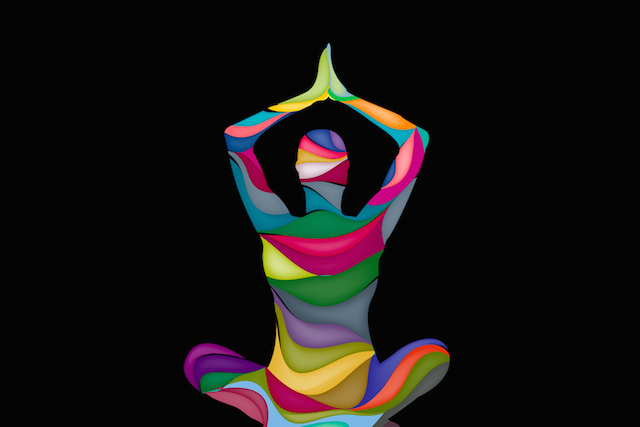- Reuters
- 11 Hours ago

Unlocking trapped emotions to set them free from body
-
- Hum News
- Nov 03, 2023

Emotions can sometimes lead to physical symptoms like muscle tension or pain. When these symptoms stick around, it can feel like the emotions are trapped in the body.
While scientists haven’t proven the idea, some folks say they find relief when they express difficult feelings or try body-based therapies like yoga.
This connects to growing research about the link between the mind and the body and the potential benefits of these therapies for mental health.
Can emotions be trapped in the body?
Yes, they can. Emotions can affect the body, leading to physical symptoms when people have unresolved feelings. For example, stress can cause muscle tension, and nervousness can feel like butterflies in the stomach. This is known as “embodied emotion.”
The exact cause of this isn’t fully understood, but it’s linked to how the brain and nervous system process emotions. Some think these physical sensations help people become aware of their feelings.
Read More: What you should know about stress rashes
Where are trapped emotions stored?
People can feel trapped emotions in different parts of their bodies. Studies show common places are the airways, heart, and gut. People from different parts of the world often feel similar emotions in similar body areas.
Symptoms of trapped emotions
Emotions can lead to various body sensations, including muscle tension, tiredness, throat tightness, aching, and more. Stress or trauma can also be connected to certain medical conditions like teeth grinding or irritable bowel syndrome.
If you’re experiencing persistent symptoms alongside other signs of stress or trauma, it’s essential to seek help.
Releasing Trapped Emotions: Three Steps
- Recognize (self-awareness)
Learn to recognize and accept your feelings without judgment. Practice mindfulness to connect with your emotions in your body. - Respond (self-expression)
Express your emotions authentically, starting with the body. Cry, scream, exercise, or journal to release the emotions. - Reset (self-care)
Dedicate time to self-care to realign with your true self and find well-being.
Releasing trapped emotions can be easy in some situations, like when a child cries after a fall. But in more challenging cases, a qualified therapist can help. They might use body-based approaches to work on both the body and the mind.
Additional techniques to try include trauma-informed yoga, meditation, and exercise. Seeking help is important if you’re concerned about your mental health or have unexplained physical symptoms.
Always choose a qualified therapist when seeking help, as not all practitioners are trained to treat mental health conditions.






